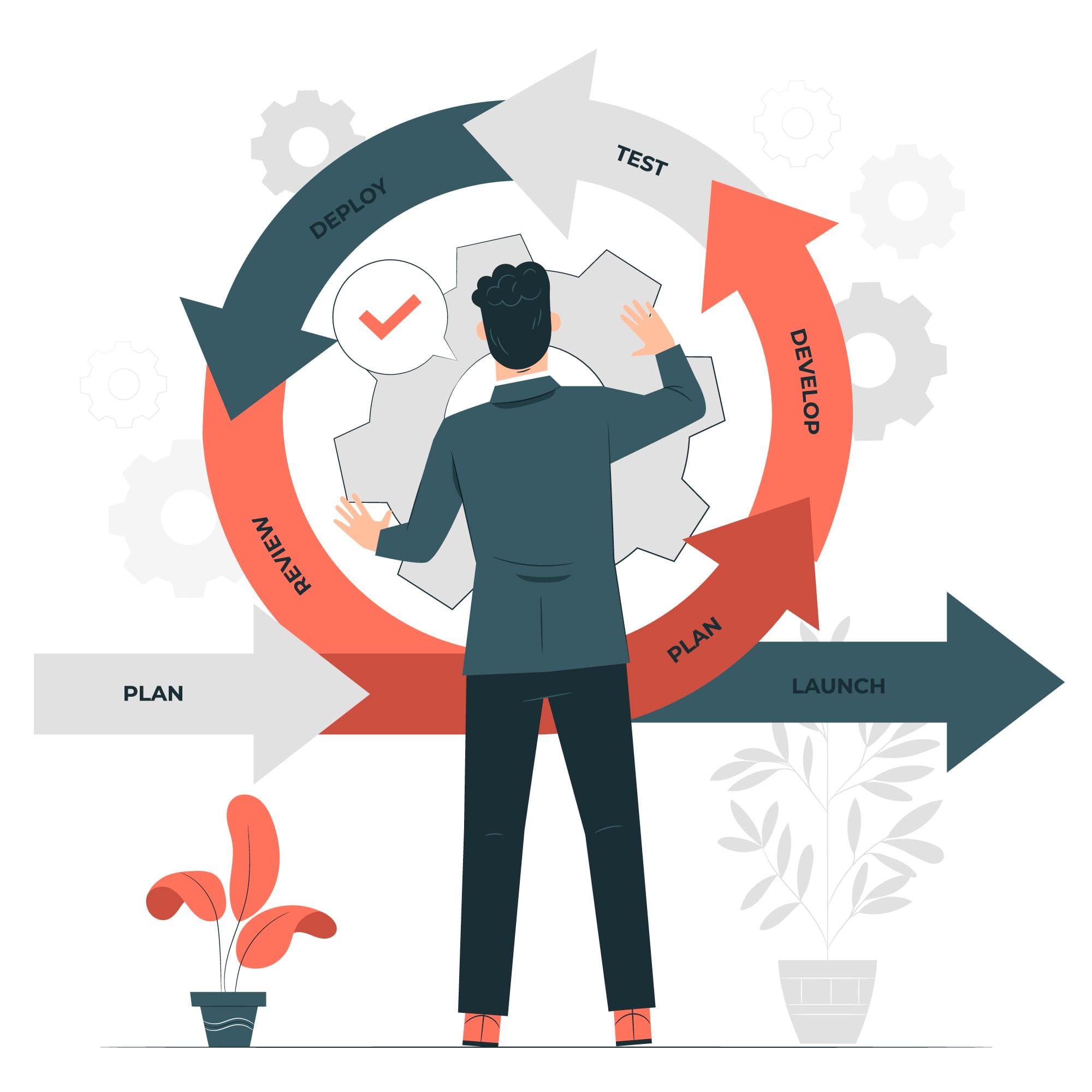Agile planning and estimation differ from traditional project management methods by emphasizing flexibility, adaptability, and customer value.
Here, we’ll explore how Agile approaches planning and estimation, along with techniques like user stories, story points, and velocity, using examples:
1. User Stories:
Agile Approach: Agile planning often begins with the creation of user stories. User stories are concise descriptions of a single piece of functionality or a customer requirement. They are written from the perspective of the end user or customer.

2. Story Points:
Agile Approach: Story points are a relative estimation technique used in Agile to assign a complexity value to user stories. These points are not tied to specific units of time but rather reflect the effort and complexity involved.

In Agile estimation, a team might use a Fibonacci sequence (1, 2, 3, 5, 8) to assign story points. The team collectively decides that the user story “Implement product search functionality” has a complexity of 5 story points. This allows them to compare the relative effort of other user stories.
3. Velocity:
Agile Approach: Velocity is a metric used to measure a team’s capacity for work in a given time frame, often based on historical data. It helps teams plan their future sprints by considering their average velocity.

4. Sprint Planning:
Agile Approach: Agile teams plan their work in iterations called sprints, typically lasting 2-4 weeks. During sprint planning, the team selects user stories from the product backlog, estimates them in story points, and commits to completing them within the sprint.

5. Adaptability:
Agile Approach: Agile planning and estimation embrace change. Agile teams understand that customer needs may evolve, and they are prepared to adapt their plans and priorities accordingly, often at the start of each sprint.

In the middle of a project to develop a mobile app, the marketing team identifies a new feature that they believe will significantly boost user engagement. The Agile development team is ready to reprioritize their backlog and include this feature in the next sprint, ensuring that they respond to changing market demands.
6. Continuous Refinemen:
Agile Approach: Agile planning and estimation are not one-time activities but ongoing processes. Agile teams continually refine their backlog, update story point estimates, and adjust their plans based on feedback and new information.

Agile planning and estimation foster collaboration, transparency, and adaptability. They allow teams to focus on delivering the highest-priority features and respond to changing customer needs effectively. By using techniques like user stories, story points, and velocity, Agile teams can plan and estimate work in a way that aligns with Agile principles and practices.
